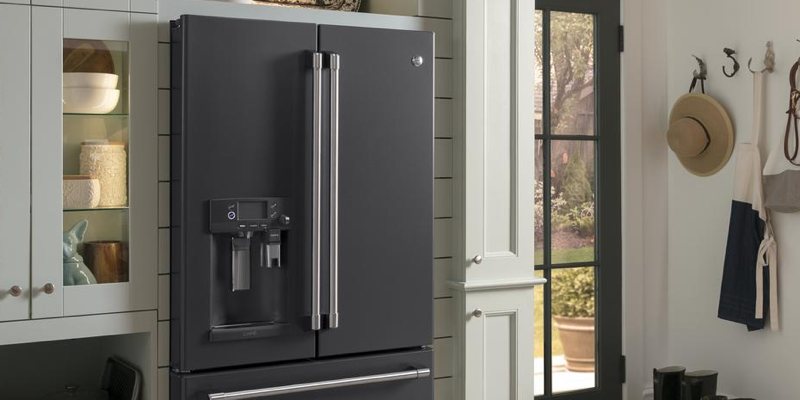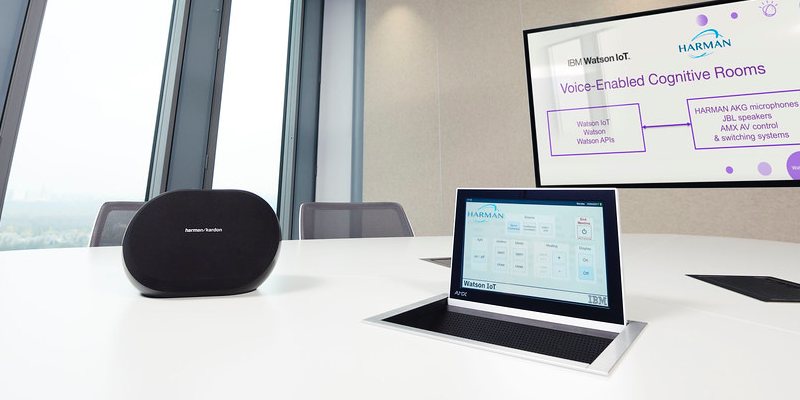
As the Internet of things makes our lives easier, it also threatens to make them harder. Every connected device in your home or office is another potential door that an intruder could use to get in. As you add more devices, they interact with each other, so threats can grow exponentially.
The subject of IoT security is wide-ranging, so it can be tough to figure out what to focus on first. We’ve gathered a few of the most common IoT security issues, as well as what you can do to make sure you’re not at risk.
1. Weak Passwords
With so many password managers available, you’d think that weak passwords wouldn’t be a problem, but that isn’t the case. Plenty of people still use easily-guessed or brute-forcible passwords. Fortunately, this is a straightforward problem to solve.
As an individual, the best way to solve this is to start using a good password manager like 1Password or Dashlane. For a business, create a password policy and enforce it. As long as everyone follows the policy, you’ll instantly be more secure.
2. Botnets
Because they’re easier to ignore compared to our phones and computers, IoT devices are more at risk of being conscripted for botnets. This is especially true for connected home devices. Your refrigerator could be part of a botnet, and you wouldn’t even know.

To keep this from happening, the easiest thing you can do is keep your devices up to date. This means checking on them regularly. Yes, this can be a hassle, but it beats having your devices working for someone else.
3. Insecure default settings
One of the most common security issues with IoT devices is the insecure settings they ship with by default. These often make them easier to use but also put you at risk. This is part of how these devices can be taken over for botnets and other purposes.
The easiest way to keep this from happening is to check every setting. If you’re using the devices at home, take an afternoon to make sure your devices are all properly set up. In a corporate setting, consider hiring a security professional to audit your devices.
4. Outdated Hardware or Software
If things “just work,” we tend to forget about them. This is just as true for IoT hardware and software as anything else. This can often make these devices ideal for potential intruders.

To stay secure, make sure to replace outdated hardware, especially if you’re aware of any potential security issues. On the software side, make sure to keep your devices up to date.
5. Remote Access
Remote access can make many IoT devices even more convenient to use. Remember though, if you can access it, so can someone else. They may not have your password, but they don’t necessarily need it to gain access.
In many situations, we’ll leave remote access enabled “just in case.” This can be risky. Unless you’re absolutely certain that you’ll need to access your hardware or software remotely, keep remote access turned off.
Conclusion
The number of potential threats grows as quickly as the number of IoT solutions that pop up every day. Make sure to keep an eye out for new threats so you aren’t caught unaware. That said, not everything is doom and gloom when it comes to IoT security.
As technology moves forward, we begin to see new ways of keeping our devices secure. For example, the introduction of WPA3 can help keep us secure. We’ll have to wait and see just how much it helps with security, but for now, take a look at our overview of WPA3 and what it can do for our security.
Get the best of IoT Tech Trends delivered right to your inbox!









